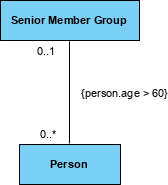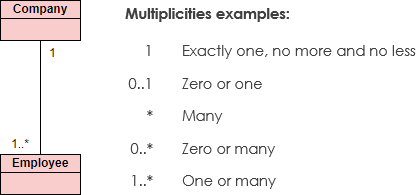Introduction UML (Unified Modeling Language) Activity Diagrams are essential tools for modeling dynamic behaviors of a system. They visually represent
Continue readingCategory: Unified Modeling Language
Case Study on UML Timing Diagram: Mail Server Timing Analysis
Introduction In the realm of enterprise architecture, understanding and optimizing the timing aspects of system interactions is crucial for ensuring
Continue readingUML Timing Diagram Tutorial
Introduction to UML Timing Diagrams UML (Unified Modeling Language) timing diagrams are a specialized form of interaction diagrams used to
Continue reading
Discovering the Best ER Diagram Tool for Data Architects
In the realm of data architecture, Entity-Relationship Diagrams (ERDs) serve as critical blueprints for designing and managing databases. An ERD
Continue reading
Understanding UML Constraints: Key Concepts, Importance, and Examples
In the realm of software development, Unified Modeling Language (UML) serves as a powerful tool for visualizing and documenting the
Continue reading
Understanding UML Multiplicity
In the realm of software design and modeling, Unified Modeling Language (UML) serves as a powerful tool for visualizing and
Continue reading
Comprehensive Guide on Use Cases and the Concepts of Extend and Include
Introduction to Use Cases Use cases are a fundamental part of the Unified Modeling Language (UML) used to capture the
Continue reading
Navigating UML: An Overview of the 14 Diagram Types and Their Relevance in Agile Environments
Overview of the 14 UML Diagram Types The Unified Modeling Language (UML) is a standardized general-purpose modeling language managed by
Continue reading
Deployment Diagrams: Purpose, Components, and Best Practices
Introduction In the realm of software engineering and system design, visualizing and communicating architectural information is crucial for effective collaboration,
Continue reading
A Comprehensive Tutorial on UML Deployment Diagram
1. Introduction In the realm of software engineering, understanding system architecture is crucial for effective communication, collaboration, and decision-making. Unified
Continue reading